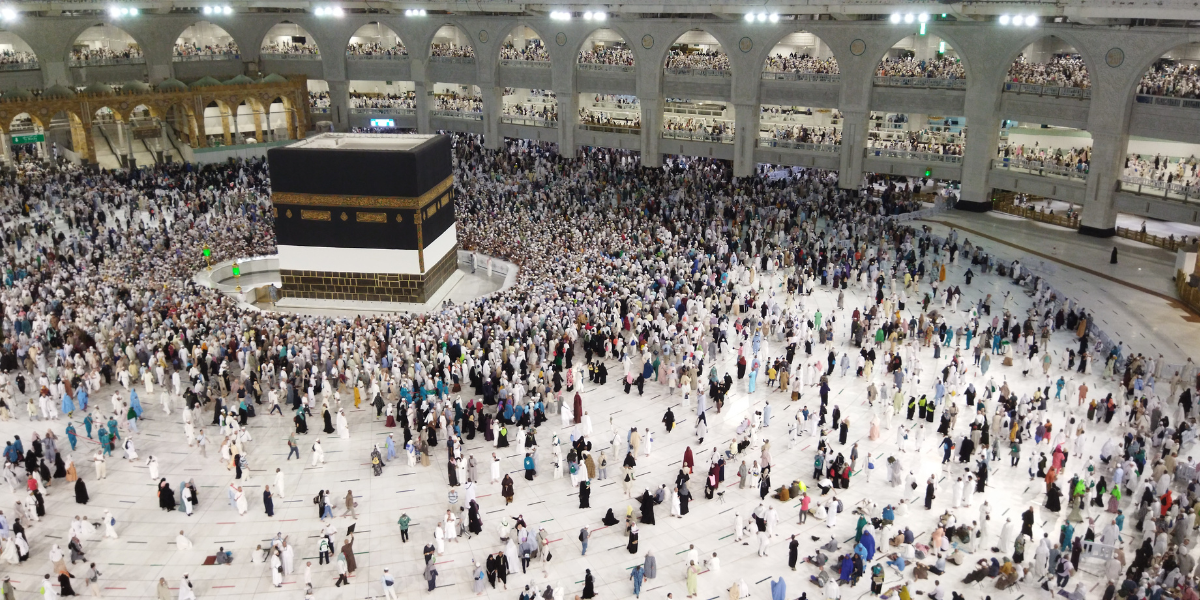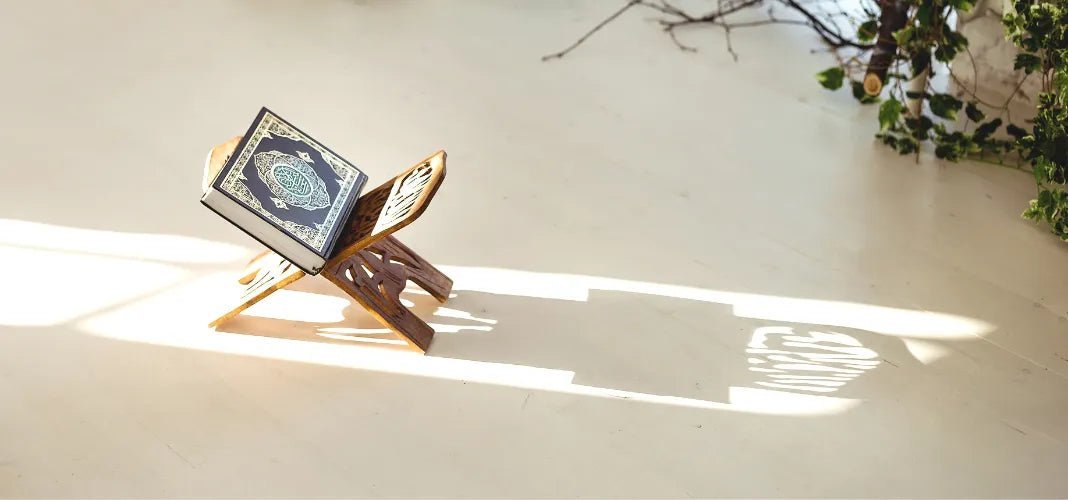Al-Nawwās ibn Samʿān reported that the Messenger of Allah ﷺ said:
The Prophet Muḥammad ﷺ often used parables to make guidance clear and relatable. One of the most striking is the description of a straight path, guarded by walls, lined with veiled doors, and guided by two callers. This narration, recorded in Jāmiʿ al-Tirmidhī (no. 2859, graded ṣaḥīḥ) and Musnad Aḥmad (no. 17636), shows us the reality of Islam, the dangers of sin, and the mercy of Allah in providing both external and internal reminders.
Allah set forth a parable of a straight path. On the sides of the path are two walls with open doors; upon each door hangs a curtain. At the head of the path there is a caller calling, and another caller calls from above the path…
The doors on the sides of the path are the limits (ḥudūd) of Allah. No one breaches the limits of Allah except that the curtain is lifted; and the one calling from above is his Lord.
The Prophet ﷺ then recited the verse:
“And Allah invites to the Home of Peace and guides whom He wills to a straight path.” (Qur’ān 10:25)
What Each Element Represents
- The Straight Path (al-ṣirāṭ al-mustaqīm): Islam itself — the way Allah has legislated for His servants.
- The Two Walls: The boundaries and limits of Allah (ḥudūd), protecting believers from crossing into what is unlawful.
- The Open Doors: Prohibited actions (maḥārim), tempting and accessible.
- The Curtains: The veil covering each sin — if a person pulls the curtain aside, he risks entering into what Allah has forbidden.
- The Caller at the Gate: The Qur’ān — openly inviting people to follow the path and remain steadfast.
- The Caller from Above: Allah’s admonition placed in the believer’s heart — a constant internal warning not to open the forbidden doors.
Supporting Qur’anic Parallels
- “And Allah invites to the Home of Peace and guides whom He wills to a straight path.” (10:25)
- “This is My path — straight — so follow it, and do not follow the (other) ways, for they will separate you from His way.” (6:153)
Lessons and Warnings
- Islam is safeguarded by clear boundaries. Staying on the path means honoring the limits set by Allah.
- Avoid approaching sin. Lifting the curtain — even with curiosity — is the first step toward falling into ḥarām.
- Guidance comes in two forms: the Qur’ān as an external caller, and the heart’s admonition as an internal reminder.
- Deviation is destruction. Leaving the straight path leads to ruin, as the Qur’ān warns against following the many side-paths that take a person away from Allah.
Practical Takeaways
- Stay close to the Qur’ān. Recite it, reflect upon it, and let it guide your daily decisions.
- Honor Allah’s boundaries. Treat His limits as protective, not restrictive.
- Listen to the warning in your heart. When your conscience says, “Do not open it,” step away.
- Remember there is only one path. The Prophet ﷺ described Islam as a straight way, while deviations are many.
Closing Reflection
Every day in prayer we ask Allah: “Guide us to the straight path” (Sūrat al-Fātiḥah, 1:6). This parable shows us what that path looks like: a clear way to Allah, protected by His limits, threatened by temptations, but always supported by two callers — His Book and His reminder in the heart. Whoever stays on this path will, by Allah’s permission, reach the Home of Peace.














Leave a comment
This site is protected by hCaptcha and the hCaptcha Privacy Policy and Terms of Service apply.